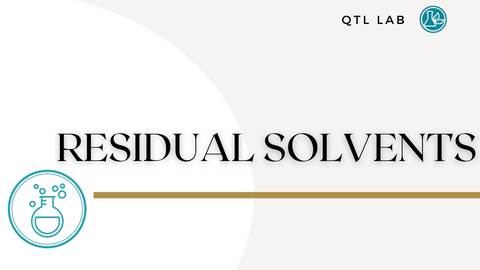QTL LAB

Cannabinoid testing plays an integral role in the success of your product. Whether your customers consume for health or recreational reasons, having clearly posted, accurate potency results is integral to your sales funnel. QTL is always focused on precision and the process of breaking down your products for Potency Testing is handled with the utmost care. For products encompassing flower matrixes, first we start by carefully grinding the cannabis flower, prerolls or hemp flower up and then we weigh it out. Once everything is measured and transferred to test tubes, we then add a mixture of acetonitrile or methonol with 0.1% formic acid to breakdown all the compounds. Samples at this point will need to be thoroughly mixed together and diluted as needed. You now have a beautiful green liquid ready to be loaded into our Shimadzu HPLC for Potency Testing.


When testing for Mycotoxins, we are looking for a variety of strains like Aflatoxins, Ochratoxin, Citrinin, Ergot, Patulin and Fusarium that can be extremely toxic when ingested. The lab starts by homogenizing your samples and weighing them out. From there, we will add either Acetonitrile, which is a polar aprotic solvent, or Methanol, a type of alcohol made primarily from natural gas with 0.1% Formic Acid and mix. For good measure, we like to clean up the sample and mix it one more time before finally diluting it. Once all these steps are complete, we're ready to start scanning your products for Mycotoxins.


Microbial testing at QTL is done with QPCR. We start with the homogenization process by grinding, cutting, or shattering the product until it is broken down. Prerolls need a little extra attention to detail, so we calculate the ratio of flower to paper to ensure all measurements are exact. We then weigh it out in a 50 mL tube and add about 15mL of TSB, which is a general purpose liquid enrichment medium used in qualitative procedures for the enrichment and cultivation of aerobic microorganisms. The samples are then put in our fridge where they incubate for 24 hours at 37ºC. Once samples have been through this process, we then start extraction and mastermix prep. Mastermix basically ensures that there is a high degree of consistency, and the fewer pipetting steps involved also means fewer opportunities for contamination. From here, the samples are all set to be loaded and scanned for harmful microbials.


